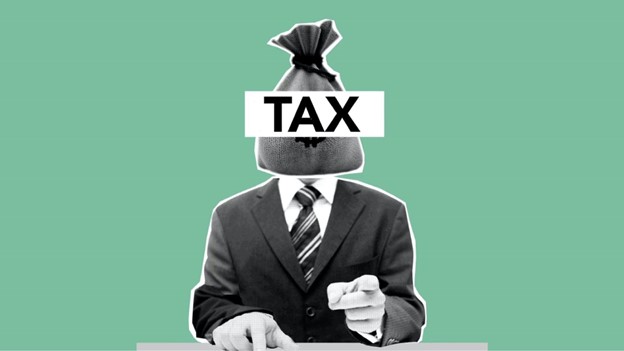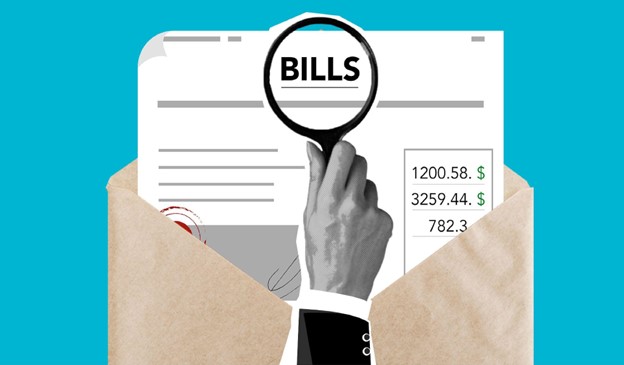Paying taxes is a civic duty and a crucial part of maintaining the infrastructure and services we rely on daily. However, the process can sometimes be confusing or even intimidating, especially if you’re dealing with a significant tax bill. But worry not – there are multiple ways to tackle your tax bill, ensuring you fulfill your obligations without overwhelming stress.
Here are ten ways to pay your tax bill.
Explore Relief Tax Services
If you’re dealing with a hefty tax bill, one of the first steps you can take is to discover relief tax services. These services are designed to help taxpayers who are unable to pay their tax bills in full. They can help negotiate payment plans, settle tax debts for less than the owed amount, or even temporarily delay collection efforts. Reach out to a reputable service provider and see how they can assist you.
Direct Pay
The IRS provides a Direct Pay option for taxpayers, allowing you to pay directly from your checking or savings account for free. You can use this service to pay your tax bill or make estimated tax payments. It’s a convenient and secure way to make sure your payments get to the IRS on time.
Credit Or Debit Card
Image source- Pexels
The IRS also accepts payments through credit or debit cards. While this method can be convenient, keep in mind that the payment processors charge a processing fee. So, you’ll need to weigh the convenience against these additional costs.
Electronic Federal Tax Payment System (EFTPS)
The EFTPS is a free service provided by the U.S. Department of the Treasury that allows you to pay your federal taxes online or by phone. This service can be used for all types of federal taxes, including income, employment, estimated, and excise taxes.
Installment Agreement
If you’re unable to pay your tax bill in full, you may qualify for an installment agreement with the IRS. This agreement allows you to pay your tax debt in monthly installments over a specified period. It’s a manageable way to pay off your debt without the financial strain of a lump-sum payment.
Offer In Compromise
In some cases, the IRS may accept an Offer in Compromise. This allows you to settle your tax debt for less than the full amount you owe, particularly if paying the full amount would cause financial hardship. It’s an option worth considering if you’re facing a substantial tax bill that you can’t pay in full.
Check Or Money Order
You can also pay your tax bill the old-fashioned way – by check or money order. Just make sure to include your phone number, tax ID number, and the tax period for which the payment is intended to ensure it’s applied correctly.
Sale-Day Wire Transfer
If you’re cutting it close to the tax deadline, you might consider a same-day wire transfer. Most large financial institutions offer same-day wire transfer services. Be sure to check with your bank for details and any associated fees.
Paying In Cash
For those who prefer to deal in cash, the IRS has partnered with retail partners to allow cash payments. However, this method requires pre-registration online, and there might be a fee involved.
Apply For A Temporary Delay
If you’re facing financial hardship, you can apply for a temporary delay in the IRS collection process. While this won’t erase your tax bill, it can provide some much-needed breathing room while you figure out your next steps.
In Conclusion
Paying your tax bill might seem like a daunting task, but with the variety of payment options available, it can be made manageable. From utilizing relief tax services to setting up an installment agreement or even paying in cash, there’s a method to suit every situation. If you’re unsure about the best method for you, don’t hesitate to consult with a tax professional.
Remember, paying your taxes is not only a legal obligation but also an investment in your community. So, explore these options, choose the one that best fits your situation, and fulfill your responsibility with confidence.




